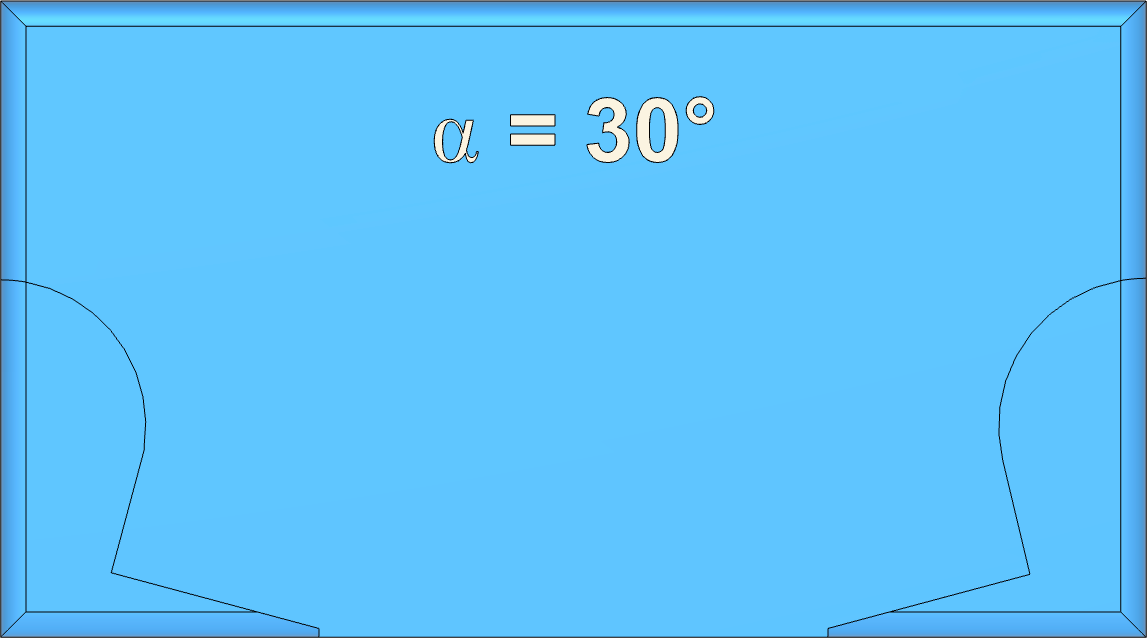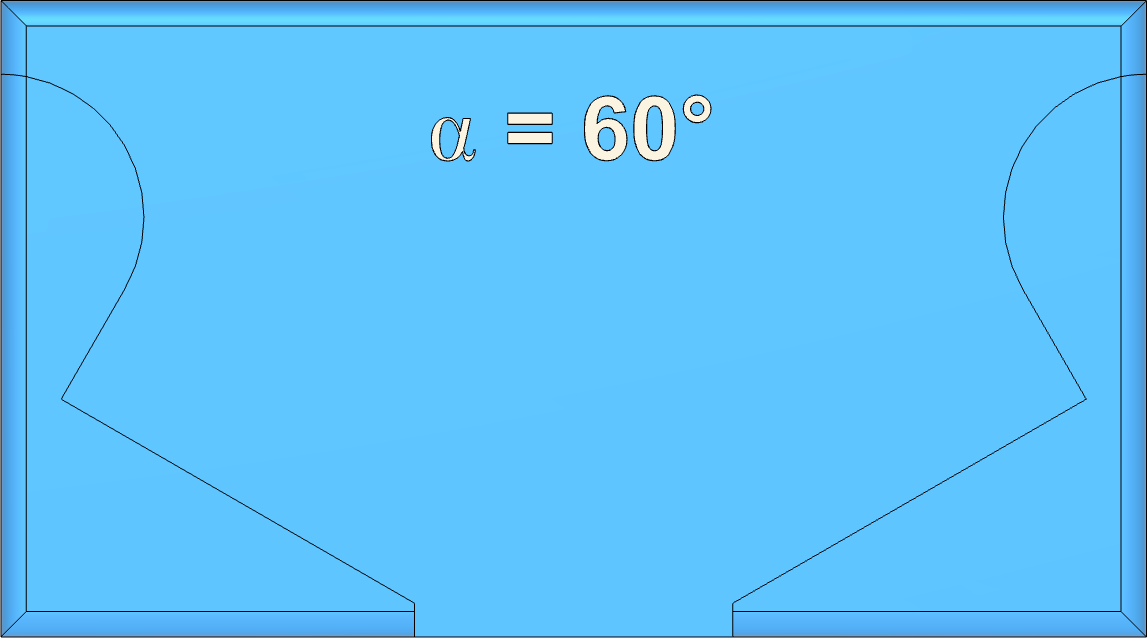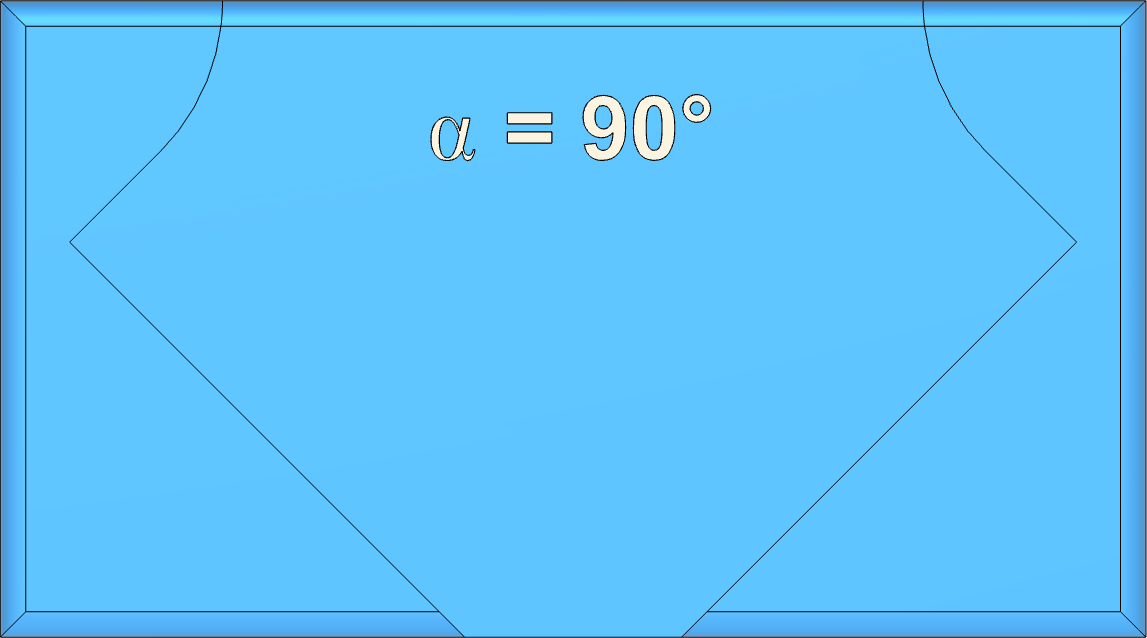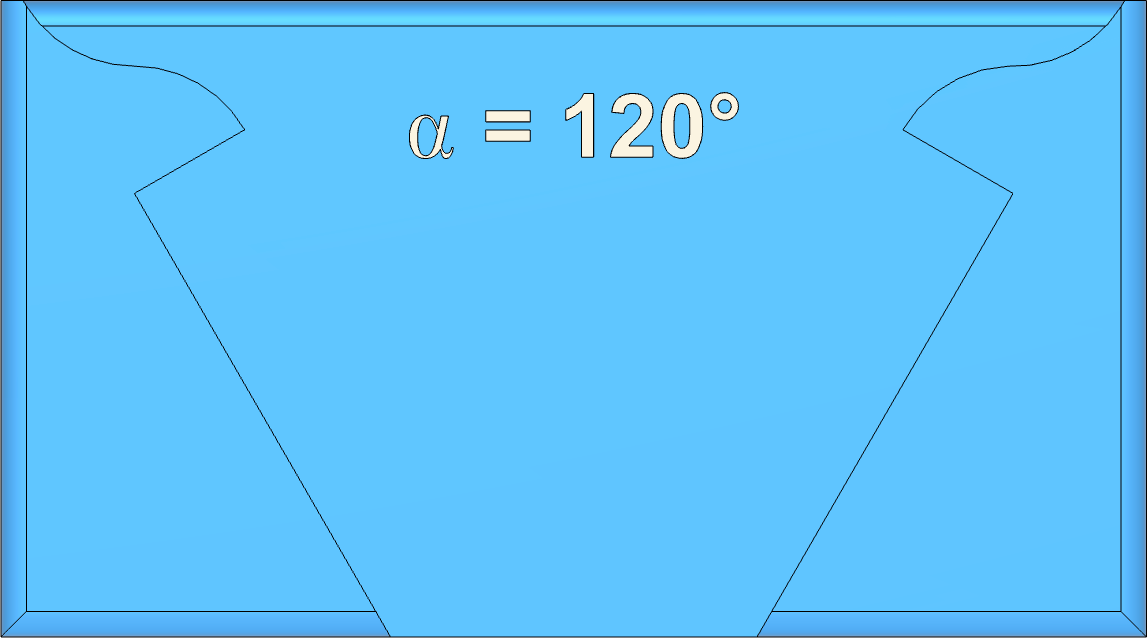

|
|
Goniostat |

Figure 1042 in Turning and Mechanical Manipulation Vol. 3
by Charles and John Jacob Holtzapffel
Sharpening certain tools require angles to be cut in ways that can be complex. To do this precisely requires a goniostat.
The original goniostat is shown to the right, and was outlined by Charles Holtzapffel in his 1850 book, Turning and Mechanical Manipulation, Vol. 3 - Abrasive and Other Processes not Accomplished with Cutting Tools. This was designed to work with a flat stone, though now these are used with flat spinning disks, and a newer variation of it is still available.
The version I have made for use on a Tormek is shown below in the section about making one. It gets used for:
You can purchase one from Colvin Tools.
If you'd rather make a newer design of the Holtzapffel goniostat, drawings from Mike Fallows are below.
This jig is mostly 3D printed.
Instructions (PDF file) for using it.
It requires an SVD-110 as the base on which it slides, and a WM-200 for setting the angle.
The files for making the base jig are below:
When sharpening a pen mill, this part will be useful. The Fusion 360 file is included so you can modify it as necessary to fit your pen mill (i.e., changing the diameter of the tenon projecting out onto which the pen mill is attached).
Note that there are witness marks in the top part to help with ensuring the pen mill's cutters are aligned correctly.
When sharpening a fly cutter for rose engine work, there are some standard angles which get used often: 30°, 60°, 90°, & 120°. These fixed bases allow for sharpening at one of those angles without having to fiddle around with setting the fence, sharpen one side, and then swap the fence around for sharpening the other side.
They are particularly useful if you want to swap grinding wheels and continue to use higher and higher grits.
All of the tool holders outlined above can be used with any of these.
The instructions for the Rose Engine Fly Cutter, Round Rod outline a setting for both α and β. These bases are set for the α angles.

Fixed base for 30° bevel |

Fixed base for 60° bevel |

Fixed base for 90° bevel |

Fixed base for 120° bevel |
A setup block used to set the fixed base at a β of 75° is also available to be printed.
It is used as shown in the picture to the right, and makes setting this angle easier than using the WM-200.